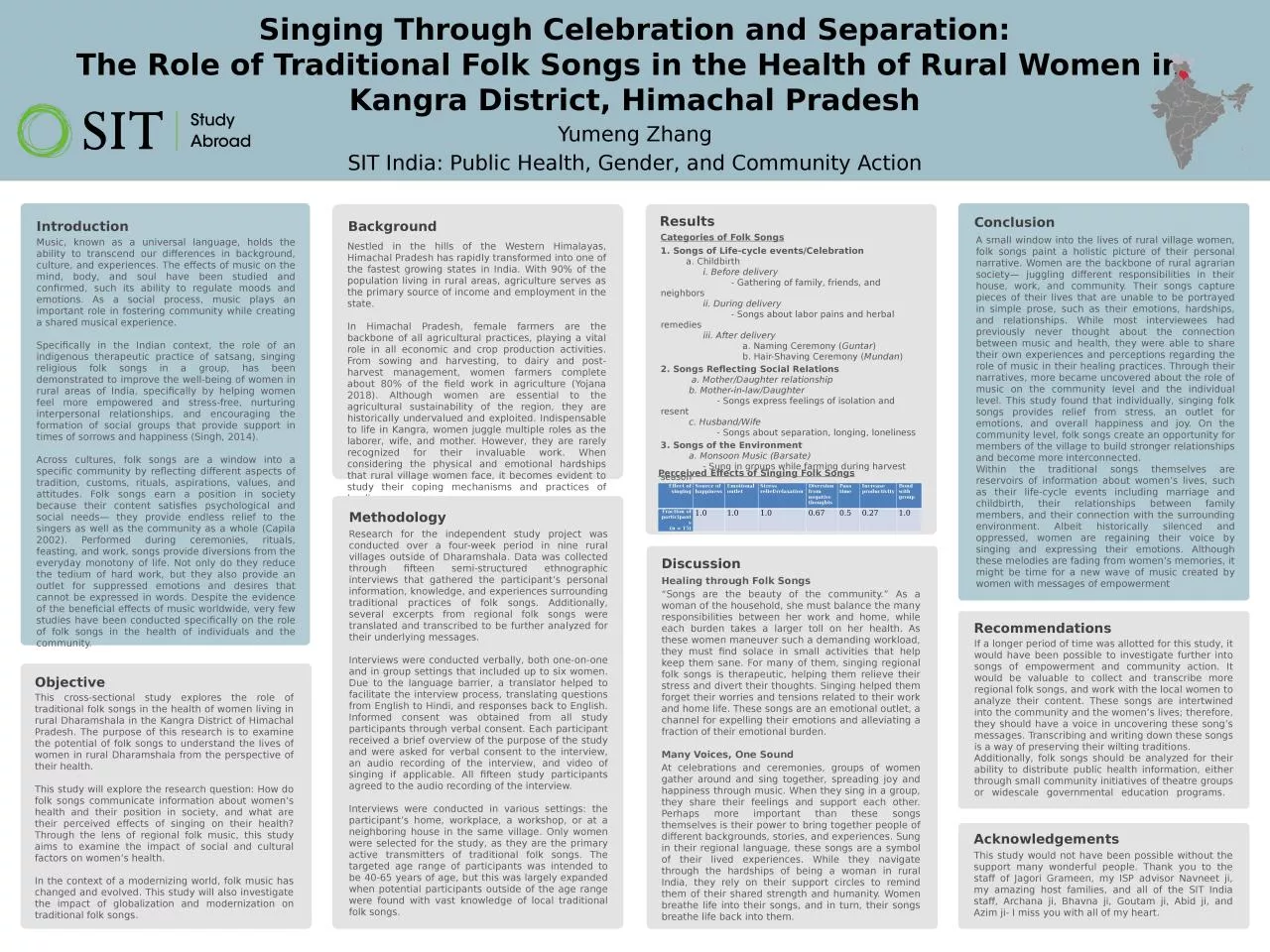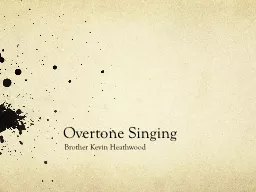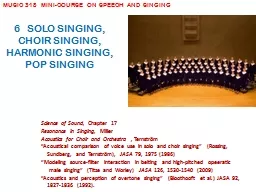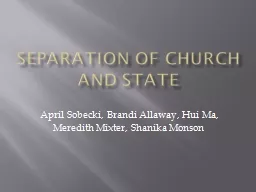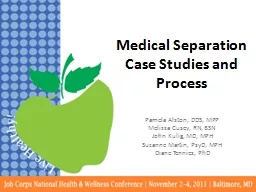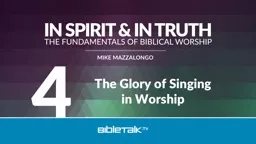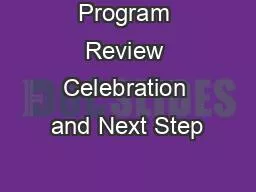PPT-Singing Through Celebration and Separation:
Author : jones | Published Date : 2023-09-20
The Role of Traditional Folk Songs in the Health of Rural Women in Kangra District Himachal Pradesh Yumeng Zhang SIT India Public Health Gender and Community Action
Presentation Embed Code
Download Presentation
Download Presentation The PPT/PDF document "Singing Through Celebration and Separati..." is the property of its rightful owner. Permission is granted to download and print the materials on this website for personal, non-commercial use only, and to display it on your personal computer provided you do not modify the materials and that you retain all copyright notices contained in the materials. By downloading content from our website, you accept the terms of this agreement.
Singing Through Celebration and Separation:: Transcript
Download Rules Of Document
"Singing Through Celebration and Separation:"The content belongs to its owner. You may download and print it for personal use, without modification, and keep all copyright notices. By downloading, you agree to these terms.
Related Documents

